Individual coffee beans suitable for making ice droplets recommend ice drop cold extract coffee ice hand brewed coffee taste characteristics
Summer is coming, and for coffee lovers, there is nothing better than a cup of cold iced coffee. If you refuse to be high in calories, pay attention to the aftertaste, and are willing to explore something new, you can try the goddess drink "Ice drop Coffee Ice Drip Coffee" and "Cold extract Coffee Cold Brew Coffee" in the world of iced coffee. Compared with hot water extracted coffee, ice drop and cold extracted coffee have a unique and wonderful flavor, the overall taste is refreshing, the coffee flavor is full, and the last cup in the hot summer is really satisfying. This article will follow the front street coffee, let's get to know the ice droplets and cold coffee!
Ice drop coffee Ice drip coffee, also known as Dutch coffee (Dutch coffee). It is said that during the Dutch rule in Indonesia, they grew many heavy-flavored Robusta varieties of coffee, and in order to drink these rather bitter beans in the tropics, they invented a device for brewing coffee with slowly dripping cold water.
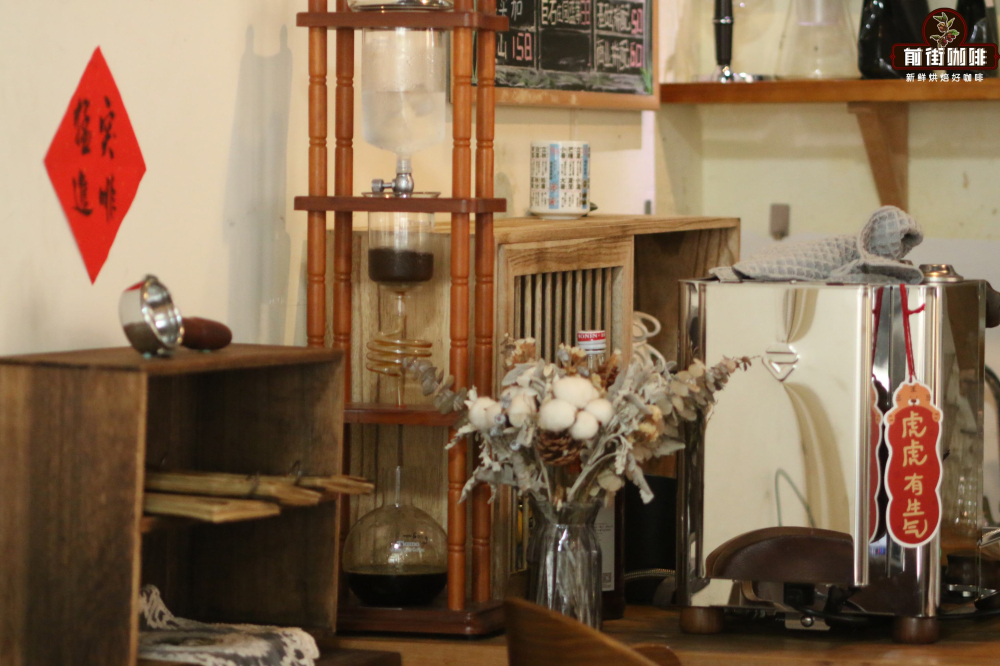
Different from hot water brewing, mellow substances are difficult to release in low temperature ice water, so coffee extracted with ice water can only extract sweet and sour substances, and because it takes a long time to extract, so the content of caffeine will be more than hot water brewed coffee, so ice drop coffee is very popular in the Netherlands, both refreshing taste, and can play a role of rapid pick-me-up.
Although ice drop coffee was invented in the Netherlands, an interesting phenomenon is that you can hardly find this kind of coffee in the Netherlands, but it has caused an ice drop trend in Asia. In Japan, ice drop coffee has a history of hundreds of years, so ice drop coffee is also known as "Kyoto coffee" (Kyoto coffee) and "Japanese-style slow-drip" (Japanese slow drop). In Korea, almost every cafe sells ice drop coffee, and many famous brands of ice drop appliances also come from Japan and South Korea, such as Tiamo, Hario and so on.
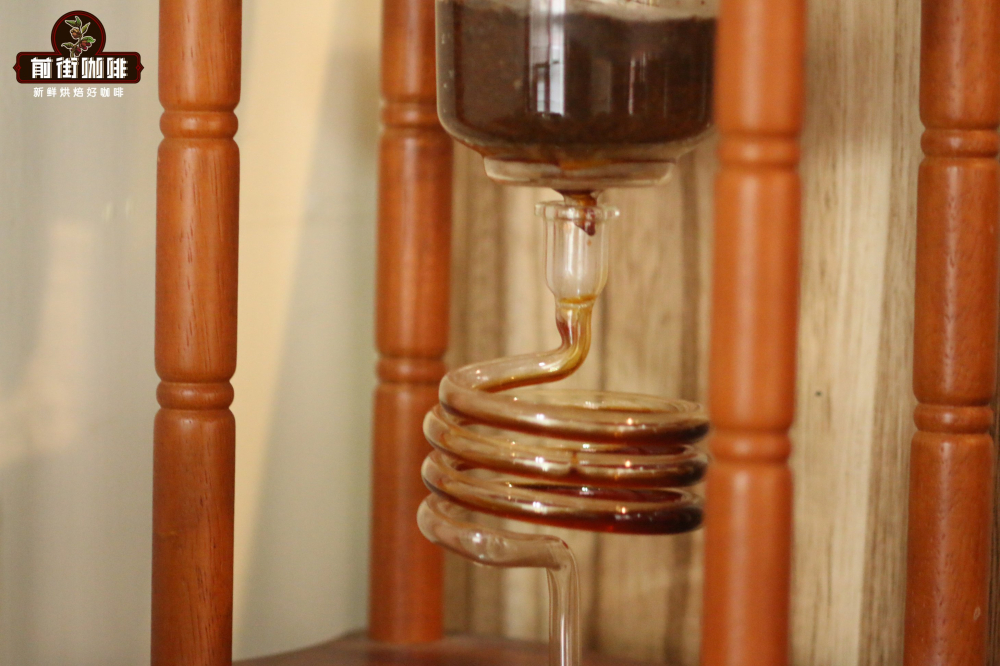
The Tiamo curling kettle used in front street coffee. Ice drop coffee is generally made using coffee powder with a fine sugar thickness of 60g (75% of China's standard sieve No. 20), extraction of 600g coffee liquid (powder ratio 1:10), and ice-water mixture at 1:1.
Put a round filter paper on the lower part of the powder cup and wet it with water to fit the cup wall. Then grind 60g coffee powder and pour into the powder cup to shake the surface of the coffee to make the surface smooth. Then spread a piece of filter paper on the coffee powder layer. Because the tension of the filter paper enables the water to evenly distribute the surface of the coffee powder layer for extraction, if there is no filter paper, the water droplets for a long time will drip the powder bed out of a pit.
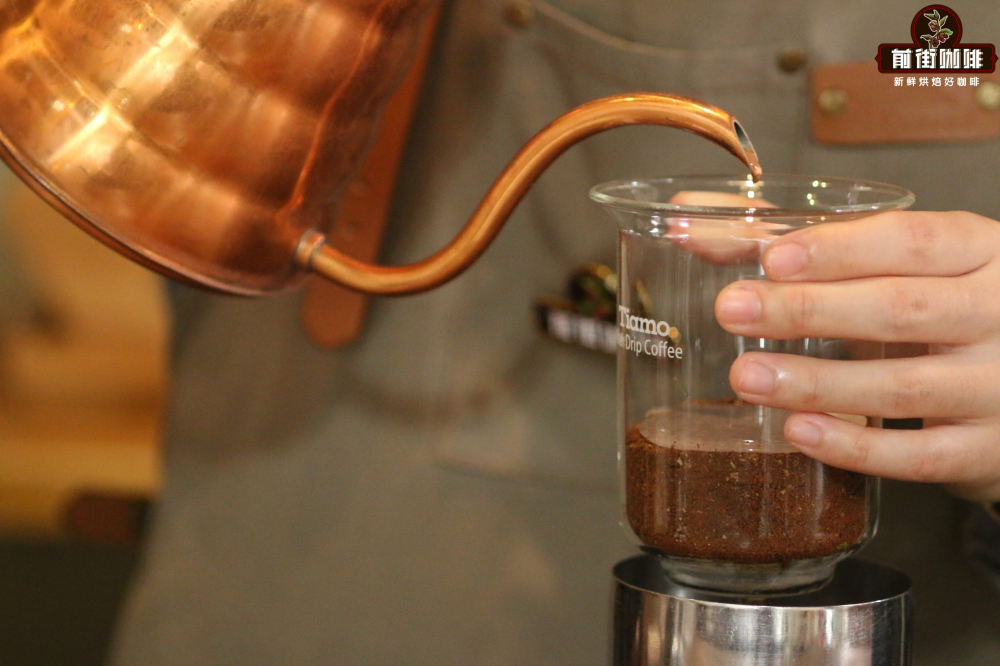
After laying the appropriate filter paper, wet the whole powder layer with ice water, this step is like hand steaming, which can improve the consistency of the extraction effect and the finished product. Add 1:1 ice water to the drip bottle to adjust the speed at which the water drips down. It is recommended that the dripping speed be 6 drops in 10.6 seconds. After the production is finished, it is poured into a sealed clean, water-free and oil-free bottle and put into the refrigerator for oxidation, so that the flavor molecules of ice drop coffee can be released and then tasted.
Although delicious, ice drop coffee is usually troublesome to make, because you need to always pay attention to whether the ice water is dripping. Although the ice looks clean and has no obvious impurities, it usually takes 6-8 hours to extract it at an average rate of 10 seconds / 6 drops due to the slow falling speed of ice drops. So the valve is very small, so as long as there is a little impurity, it will block the water outlet. And a set of ice droplets is not cheap, so people invented cold-extracted coffee in order to make it easier to drink low-temperature extracted coffee at home.
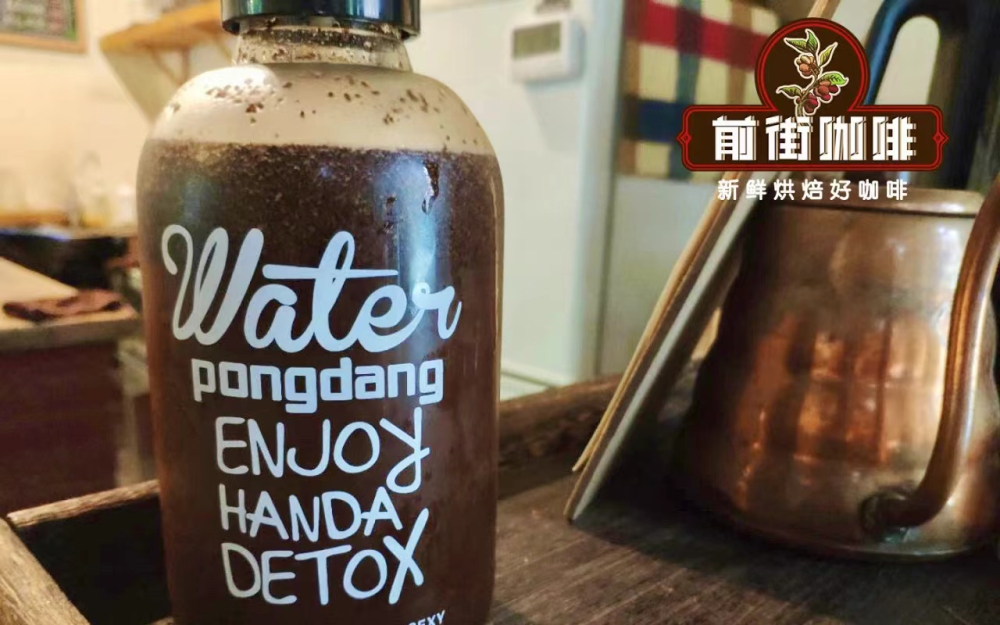
Compared with ice-drop coffee, cold-extracted coffee is much more convenient to extract coffee by drip filtration. Just prepare a clean, oil-free sealed container, mix the ground coffee powder and ice water / room temperature water in the right proportion, leave it in the refrigerator for 8-12 hours, and then filter out the coffee with a filter. Due to the way of soaking extraction, the coffee shows a lot of taste and flavor.
Qianjie Coffee uses sealed glass bottles to make cold extract coffee. Cold-extracted coffee is generally made using coffee powder of 30g fine sugar (75% screening rate of Chinese No. 20 standard sieve), adding 400g normal temperature / binf water (powder / water ratio is about 1 13.5), and then stirring so that the coffee powder is fully in contact with the water. Then seal the container, put it out of the refrigerator and let it sit for 8-12 hours. After filtering the coffee grounds, you can get a cup of iced coffee with full flavor.
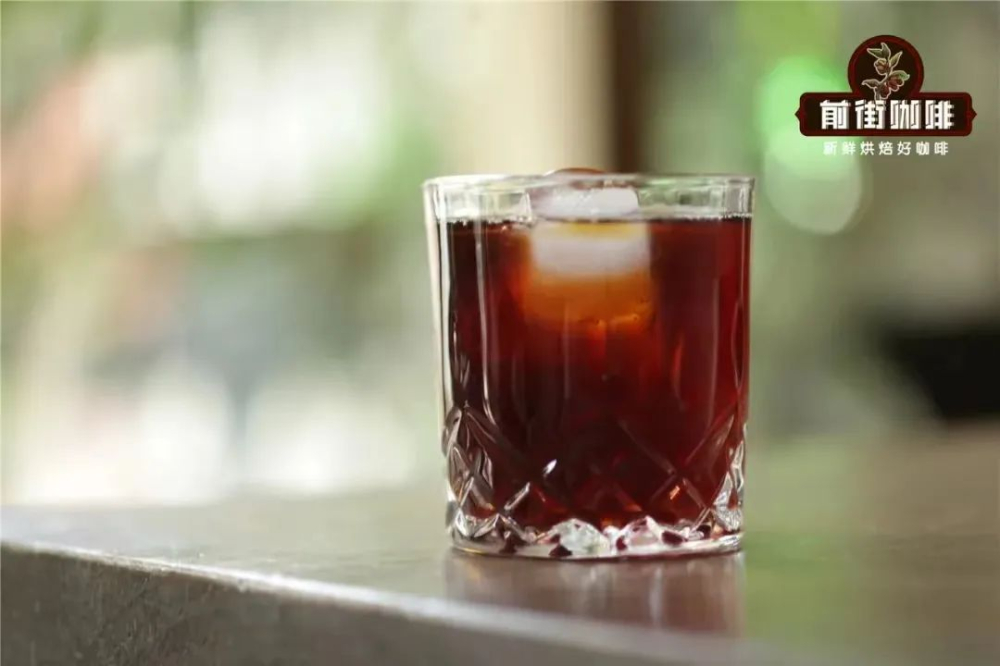
The advantage of coffee extracted at low temperature is that it will not force out the impurities and bitter taste of coffee beans, so they prefer to use Cold Brew method to brew coffee. This way of drinking not only tastes fresh and slightly sweet, but also tastes smoother because the sour and bitter tastes are relatively reduced. The disadvantage is that water and coffee powder have been in contact for a long time, so iced coffee series contains the strongest caffeine, if the caffeine sensitive version, remember not to drink too much.
As mentioned above, low temperature extraction of coffee can not effectively extract mellow substances, so Qianjie Coffee recommends that people use sour coffee beans to make cold extract / ice drop coffee. For example, medium-light roasted coffee beans / specially treated coffee beans are suitable for the production of ice extract coffee.
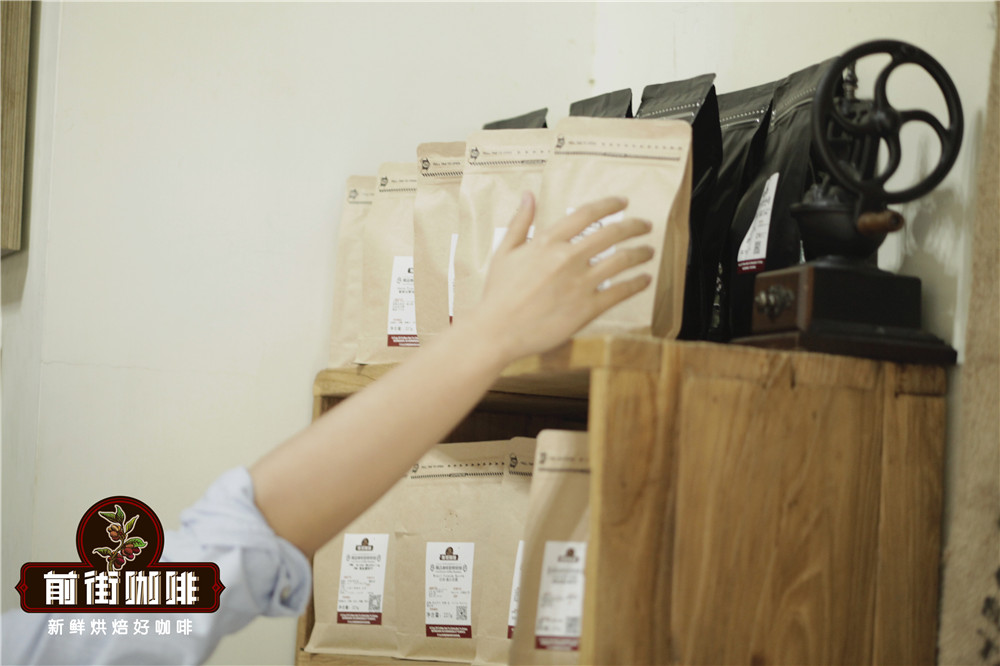
Qianjie Coffee sells ice drop coffee every day. Usually use Honduran Sydney coffee beans (fermented wine, vanilla cream, nutty flavor), Ethiopian Yega shedding coffee beans (citrus, honey, green tea flavor), Ethiopian Sidamo Fakui coffee beans (compound berry juice, rose, black tea flavor), Panamanian butterfly summer coffee beans (white flower flavor, citrus flavor, honey flavor, green tea flavor), Costa Rican strawberry sugar coffee beans (strawberry hard candy, raisins, fermented flavor) These coffee beans are characterized by rich aroma / sweet and sour beans, very refreshing iced coffee made in summer.
Professional coffee knowledge exchange more coffee bean information please follow the coffee workshop (Wechat official account cafe_style)
For more boutique coffee beans, please add private Qianjie coffee on Wechat. WeChat account: qjcoffeex
Important Notice :
前街咖啡 FrontStreet Coffee has moved to new addredd:
FrontStreet Coffee Address: 315,Donghua East Road,GuangZhou
Tel:020 38364473
- Prev
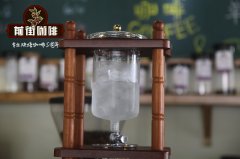
How to drink iced coffee? How to ferment iced coffee?
Professional coffee knowledge exchange More coffee bean information Please pay attention to coffee workshop (Weixin Official Accounts cafe_style) Cold extraction coffee can be roughly divided into three methods: drop type, ice drop type and ice brewing type. These three methods will cause different flavors and tastes due to different extraction conditions, but they all belong to cold extraction coffee. The principle of cold extraction coffee and cold tea is the same, that is, long at low temperature.
- Next
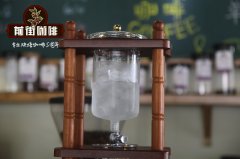
How to drink ice drop coffee? what kind of coffee beans are used to make ice drop coffee? Taste characteristics of ice drop coffee
Professional coffee knowledge exchange more coffee bean information Please pay attention to the coffee workshop (Wechat official account cafe_style) although the extraction speed is slow at low temperature, but in flavor, as high temperature can easily decompose tannin in coffee into pyrosylic acid, resulting in acidity and bitterness, low temperature extraction coffee is more mellow in flavor and popular. Common cold brewed coffee and iced American coffee
Related
- Beginners will see the "Coffee pull flower" guide!
- What is the difference between ice blog purified milk and ordinary milk coffee?
- Why is the Philippines the largest producer of crops in Liberia?
- For coffee extraction, should the fine powder be retained?
- How does extracted espresso fill pressed powder? How much strength does it take to press the powder?
- How to make jasmine cold extract coffee? Is the jasmine + latte good?
- Will this little toy really make the coffee taste better? How does Lily Drip affect coffee extraction?
- Will the action of slapping the filter cup also affect coffee extraction?
- What's the difference between powder-to-water ratio and powder-to-liquid ratio?
- What is the Ethiopian local species? What does it have to do with Heirloom native species?

